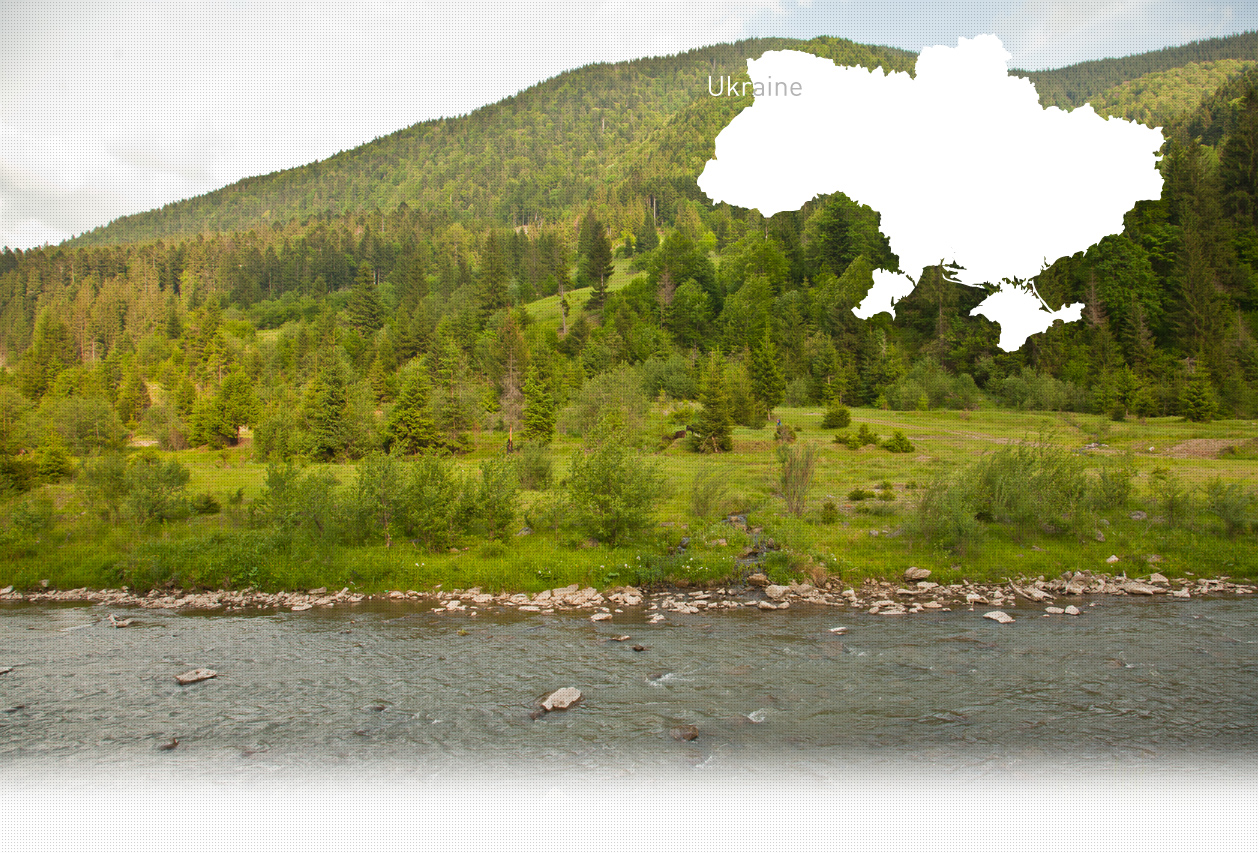

1 Execution site(s)
Yaroslav recalls: “ I saw Jews digging graves 15 to 30 meters wide in the Jewish cemetery under the supervision of the Germans. They were then shot at the edge of the grave. The children were thrown alive in the graves. These actions lasted several hours. There were many graves in the cemetery”. (Witness N°750, interviewed in Sambir, on January 13, 2009).
“At the end of July 1942, all the Jews living in the villages were taken to the town [of Sambir] and confined to barracks / in front of a slaughterhouse /. The barracks was surrounded by wire and guarded by Ukrainian police. On August 4, 1942, most of the Gestapo members arrived from Lviv under the command of the Gestapo officer G. […] On the same day so-called Aktion took place. The Gestapo, Ukrainian police units and "Volksdeutsche" entered Jewish houses, dragged out everyone they found inside, beating them mercilessly, and took them to the dedicated square in front of the railway station. At the same time, sick Jews and anyone unable to walk, were killed on the spot. People attempting to escape were also killed. The total number of Jews rounded up on the square exceeded 4,000. Being constantly beaten, they were forced into the wagons in groups of 120-150 people and deported to an unknown place. It was later claimed that these people were deported to Belzec where they were murdered en masse. A number of people remained in the Janowska labor camp in Lviv. Two days later, on August 6, 1942, the Aktion continued, as number of deportees was insufficient for the executioners. That day, over 1,000 people were deported in the same way. Jewish houses, left unoccupied, were entirely looted by the Germans.” [Act drawn by State Extraordinary Soviet Commission (ChGK), on June 26, 1945; GARF 7021-58-22/Copy USHMM RG.22-002M]
“The Jews, there were only men, were put into trucks and taken to a mine 2 km from Sambir. Then, at the execution site, the Jews were put into two or three rows. They were then shot. A unit of the SD had to control if the Jews were dead. If it was not the case, they received another bullet in the neck”. [Deposition of a member of the Schutzpolizei, 1960, B162-5344].
Sambir is located 68 km west of Lviv. There were around 8,000 Jews in 1939 in the village. The Jews lived in the city-center. There was a Jewish school and a synagogue. The Jews were merchants, craftsmen and artisans. The German occupation began on June 30, 1941.
Straight after the occupation all the Jews were registered and marked with distinguishing badges but they continued to live in their houses until March 1942 when an opened ghetto was established on the edge of the town, in the area which used to be called Blich. By May 1942 it numbered 6,500 Jews, 6,000 of whom were deported to Belzec or murdered in the course of four major aktions conducted between August and October 1942. The first aktion occurred in early August 4, 1942, and lasted three days during which 150 Jews were murdered at the stadium, and 600 Jews who weren’t murdered but transported to the Janowska labor camp in Lviv. Many Jews were shot on the spot while attempting to escape. The second aktion was conducted on September 25-26, 1942, when about 300 Jews, the majority of whom were elder and sick people were first confined into the prison and then taken to be shot in the forest near the village of Ralivka. With the help of an eyewitness to the execution interviewed by Yahad, we found out the Jews were shot in two big pits. They were forced to walk on the plank put across the pit and were shot dead. A group of Jews arranged the corpses inside the pit. In the mid-October two more aktions were conducted during which about 1,460 Jews were deported to the Belzec camp. All the aktions were conducted by Security Police based in Drohobych, with the help of German Gendarmerie and local auxiliary police. By December 1942 about 3,000 Jews remained in the ghetto of Sambir which was fenced in from this moment. Several actions took place in the ghetto from February to June 1943. During the first action, on February 13, 1943, 500 Jews were executed in the forest of Ralivka. On April 14, 1943, a second aktion was carried out during which 1,200 Jews were selected but only 900 of them were shot in the cemetery. On May 20-22th, 1943, a third aktion was carried out against several hundreds of Jewish inmates unfit to work who were shot in the forest of Ralivka, while 550 were deported to the Majdanek camp and about 70-80 to Janowska camp in Lviv. The ghetto was liquidated between June 5 and June 10 during which more than 1,000 Jews were shot in the forest of Ralivka. Only 160 Jews from Sambir survived the Holocaust.
For more information about the shooting in Ralivka please refer to the corresponding profile.
Do you have additional information regarding a village that you would like to share with Yahad ?
Please contact us at contact@yahadinunum.org
or by calling Yahad – In Unum at +33 (0) 1 53 20 13 17